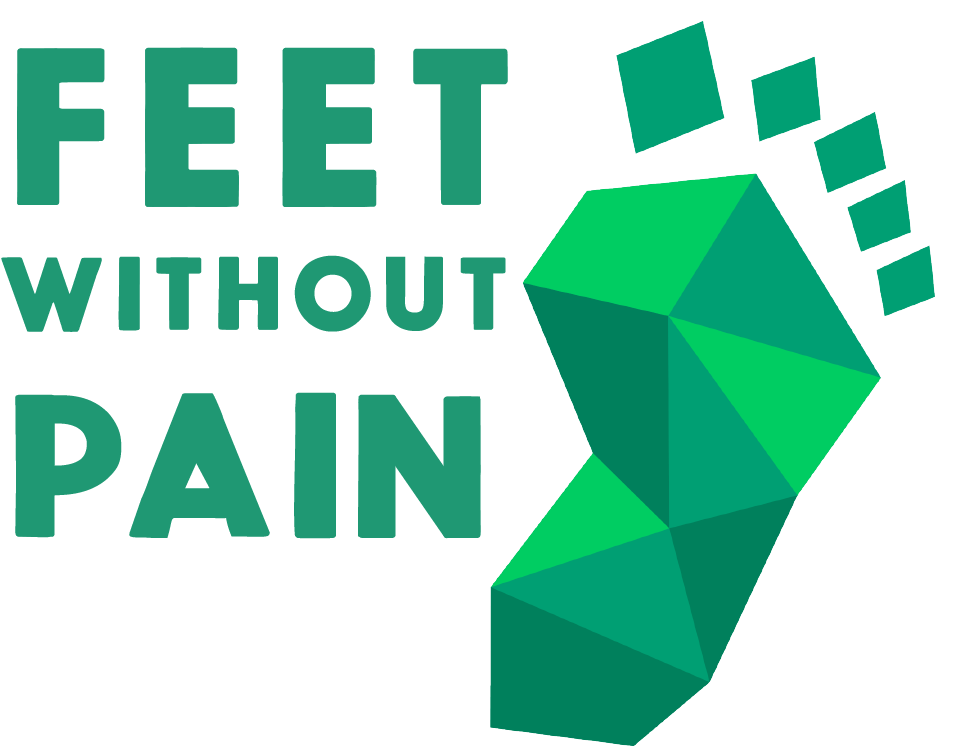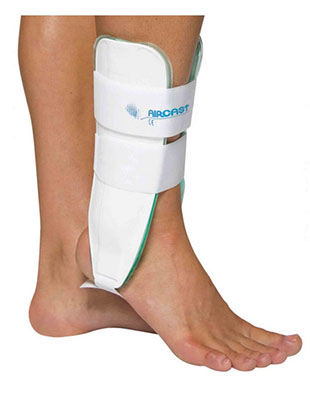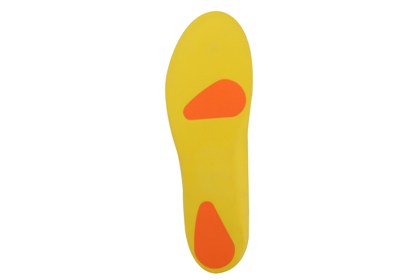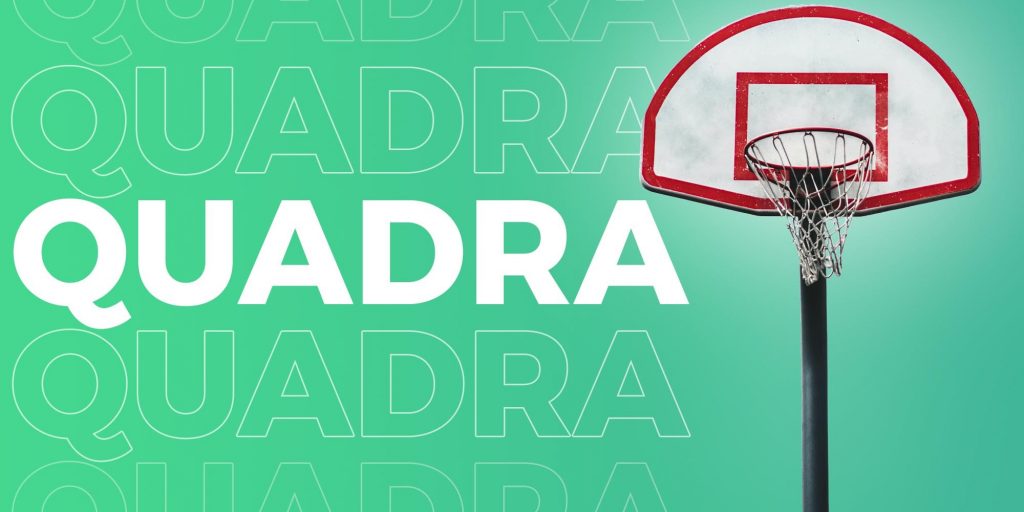
Court sports are widely known and practiced around the world. Among them are handball, basketball, volleyball, and futsal –the only non-Olympic sport yet.
In Brazil, these are the most recreationally practiced collective sports, initiated at school, around the age of 7, in Physical Education classes. Therefore, besides health benefits, practicing team sports, such as court sports, have a critical educational and social role in children’s and young people’s education.
The most common movements within court sports are short starts and sudden stops, constant direction changes, and jumps. In addition to high physical demand, they are fast and dynamic sports with little rest time.
They are open sports, greatly influenced by the environment, such as the contact or marking of the opponent, the crowd, and the teammates’ positions. Besides, they are highly demanded and are practiced on hard floors, increasing joints’ impact, accounting for 23% of all sports injuries.
MAIN INJURIES IN COURT SPORTS
In all court sports, the lower limbs’ joints are the most injured (due to direction changes, high-impact jumps, and – except for volleyball – the contact between athletes). Ankles and knees account for nearly 50% of all injuries.
Ankle or knee sprains are the most common injuries and are usually related to landing from a jump or a misaligned change of direction, with the knee in or the ankle out. It generates a considerable force that the musculature cannot contain, causing a sprain.
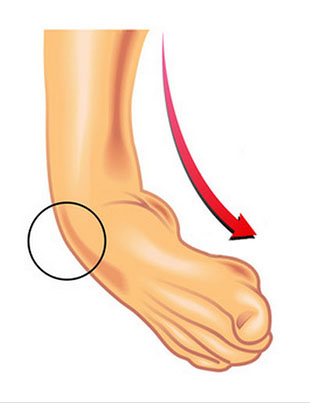
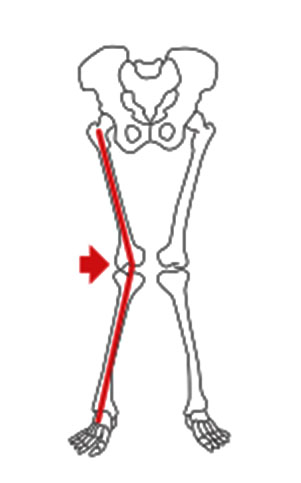
In addition, chronic injuries (tendinitis and bursitis) are related to high impact and excessive pronation. Athletes can use some orthoses to avoid these types of injuries, such as:
- Aircast (air anklet) [3] is the best-known orthosis, provides protection and reduces the incidence of severe ankle sprains;
- Knee pads can be used if there is any previous knee injury, with medical or physiotherapeutic indication;
- Custom-made insole reduces impacts during matches, redistributes pressure on the heel, and supports the plantar arch, providing comfort and stability.
INSOLE TO PRACTICE IMPACT SPORTS ON THE COURT
Feet Without Pain insoles for court sports act to prevent injuries, cure injuries and pathologies and increase sports performance in modalities through:
- Raised edges, which provide stability to the ankle, protecting it from sprains;
- Arch support, which increases stability and alignment of the entire limb, including the knees, when landing from jumps or direction changes;
- Biomechanical realignment, reducing the chance of injury and improving performance;
- Perfect adaptation of the foot to the type of footwear used in the sport, making the footwear part of the athlete’s foot and preventing it from slipping and losing energy;
- Shock absorbers are strategically positioned at the highest pressure points for effective impact absorption. One is located just below the big toe and first metatarsal to cushion significant changes in direction on hard ground, and another, on the heel side, to soften trots, frequent in court sports.
